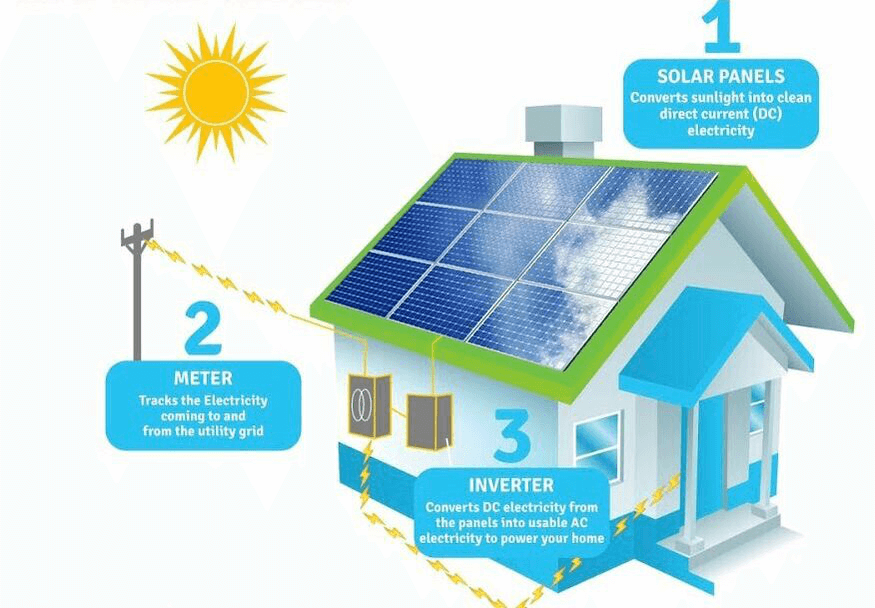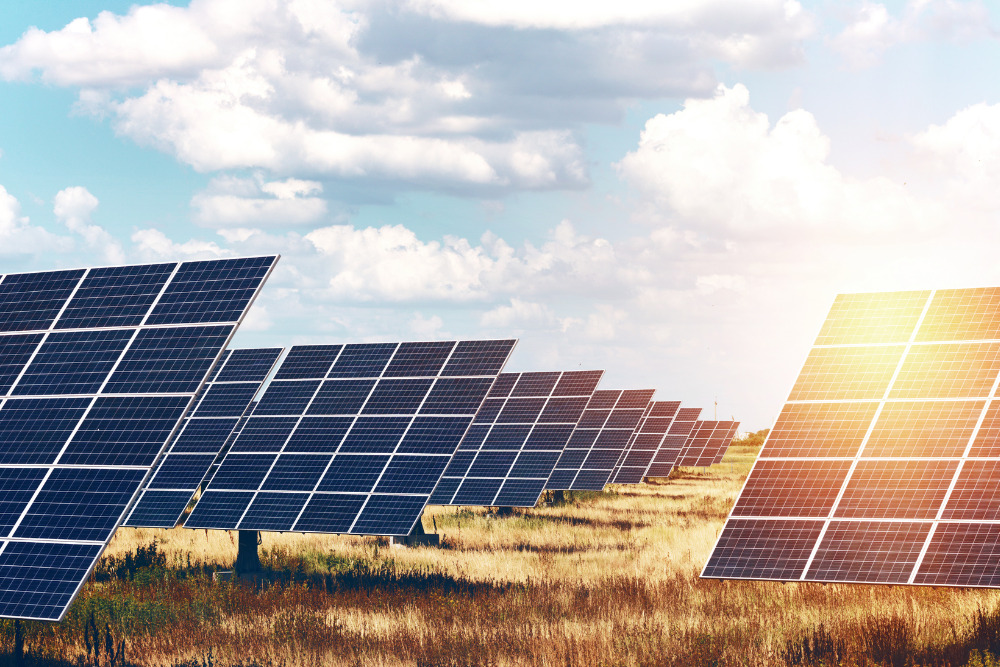Simply Solar Illinois – Reliable Solar Panels for Any Energy Needs
Simply Solar Illinois – Reliable Solar Panels for Any Energy Needs
Blog Article
Solar Power 101: A Novice's Guide to Sustainable Energy Solutions
As the world progressively changes towards sustainable power remedies, understanding the principles of solar power comes to be necessary for both people and organizations. This overview provides a complete introduction of solar power, outlining the numerous systems readily available and the devices behind their procedure. By discovering the advantages of solar technology, alongside the economic rewards and installment processes, one can obtain a more clear point of view on just how to efficiently incorporate this eco-friendly resource into their power strategy. Nevertheless, the journey toward adopting solar energy welcomes more exam of the difficulties and considerations that come with it.
Recognizing Solar Power
At its core, understanding solar power entails comprehending the fundamental concepts of how sunlight can be transformed right into usable power. Solar energy is acquired from the sun's radiation, which can be taken advantage of via numerous innovations.

Comprehending solar power additionally involves identifying its environmental advantages. By making use of sunlight, we can minimize greenhouse gas exhausts and minimize air contamination, adding to a more sustainable future. The improvements in modern technology and performance of solar systems remain to enhance their feasibility, making solar power a significantly attractive alternative for worldwide energy requirements.
Kinds Of Solar Power Systems
Different kinds of solar power systems are typically used to harness solar power for electrical power generation. The primary categories include photovoltaic (PV) systems, focusing solar power (CSP) systems, and solar thermal systems.
Solar systems use solar panels composed of silicon cells that transform sunshine straight right into power. These systems are flexible and can be installed on rooftops, ground mounts, or integrated into structure products.
Concentrating Solar Power systems, on the other hand, utilize mirrors or lenses to concentrate sunshine onto a tiny area, creating warm that drives a steam wind turbine to generate electrical energy - Simply Solar Illinois. CSP systems are normally deployed in massive nuclear power plant and need direct sunlight, making them less ideal for over cast regions

Each type of solar energy system has its one-of-a-kind attributes, applications, and suitability relying on geographic location, energy requirements, and budget, making it important to examine choices based upon details situations. - Simply read this post here Solar Illinois

Advantages of Solar Power
Taking advantage of solar power via various systems not just supplies a lasting means to create electrical energy but additionally uses a multitude of advantages. One of the most substantial advantages is the decrease in greenhouse gas exhausts, adding to a cleaner atmosphere and combating environment change. Solar energy is eco-friendly, suggesting it is endless and offered as long as the sun beams, unlike fossil fuels, which are finite hop over to here and depleting.
Furthermore, solar power can lead to substantial cost financial savings over time. House owners and services can decrease their electricity bills considerably, and oftentimes, they may earn credit ratings for excess energy generated via net metering. Furthermore, the solar market creates tasks, from making to installment, stimulating neighborhood economies.
Another compelling benefit is energy freedom. By creating their very own power, people and communities can reduce dependence on exterior power resources, improving strength against fluctuating power rates and supply disruptions. Solar energy systems call for very little upkeep, making them a hassle-free option for sustainable energy generation.
Setup Process Overview
The installation process for solar power systems typically entails a number of essential steps that ensure reliable assimilation into a residential or commercial property. Initially, a thorough site analysis is conducted to assess the roof covering's positioning, shading, and architectural integrity, which are essential to maximizing photovoltaic panel efficiency. Following this analysis, the layout phase begins, where a customized solar power system is set up based upon the home owner's power needs and preferences.
Once the design is finalized, the required permits and authorizations are obtained from neighborhood authorities, guaranteeing compliance with regulations. The real installation from this source involves installing the photovoltaic panels on the roofing system or ground, linking them to an inverter, and integrating the system with the building's electric configuration. This phase may also involve setting up battery storage systems, depending upon the style.
After setup, an extensive inspection is performed to validate the system's capability and safety. The system is appointed, and homeowners are informed on its procedure and upkeep. With the installment full, the solar power system can begin producing eco-friendly energy, contributing to sustainability and minimizing energy expenses. This structured approach makes certain that planetary systems are both reliable and reliable, maximizing their long-lasting benefits.
Financial Motivations and Cost Savings
Checking out the economic rewards and cost savings linked with solar power systems can substantially enhance the charm of making the switch to renewable energy. One of the most noteworthy motivations is the government solar tax obligation credit rating, which permits property owners to subtract a percent of their solar system installment expenses from their federal taxes.
In addition to tax obligation credit reports, many states offer rebates that can further reduce ahead of time expenditures. Some utility business also offer performance-based rewards, fulfilling solar energy production over time. Financing options, such as solar fundings and leases, allow consumers to set up systems with little to no deposit, making solar energy a lot more available.

In addition, solar systems can boost property values, providing a strong return on financial investment. Generally, the mix of rewards and savings makes solar power an economically appealing choice for many families.
Final Thought
In verdict, solar power stands for an important element of lasting energy options, providing a path towards lowered carbon footprints and boosted environmental protection. Inevitably, the shift to solar energy not just cultivates ecological obligation yet likewise advertises financial savings and power independence.
Report this page